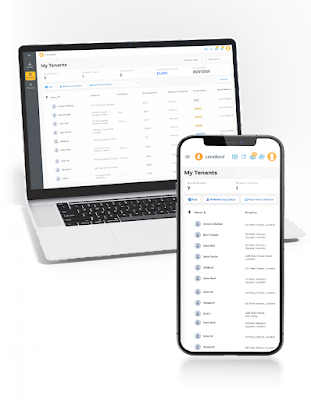Reasons why you should invest in a tenant management system

With so many documents and stuff to handle, at times the tenancy agreement can get tedious. To make things much simpler and easier, it's recommended to invest in a good tenant management system that can help you manage all tasks and paperwork with ease. So, let's start looking at the advantages of investing in a good software system. Save time Time is money and to save your precious time investing in a tenant management system is imperative. Managing tenancy agreements and other property concerns can be a time-consuming process and there might be situations where you need to deal with a whole lot of things at the same time. However, with the help of an efficient software system you can manage your business properly while saving valuable time for focusing on critical problems other than regular paperwork. Firefighting issues like developing a plan, looking at the credit history, current income and other rental factors are no longer a cause of concern. If you want fewer resource
